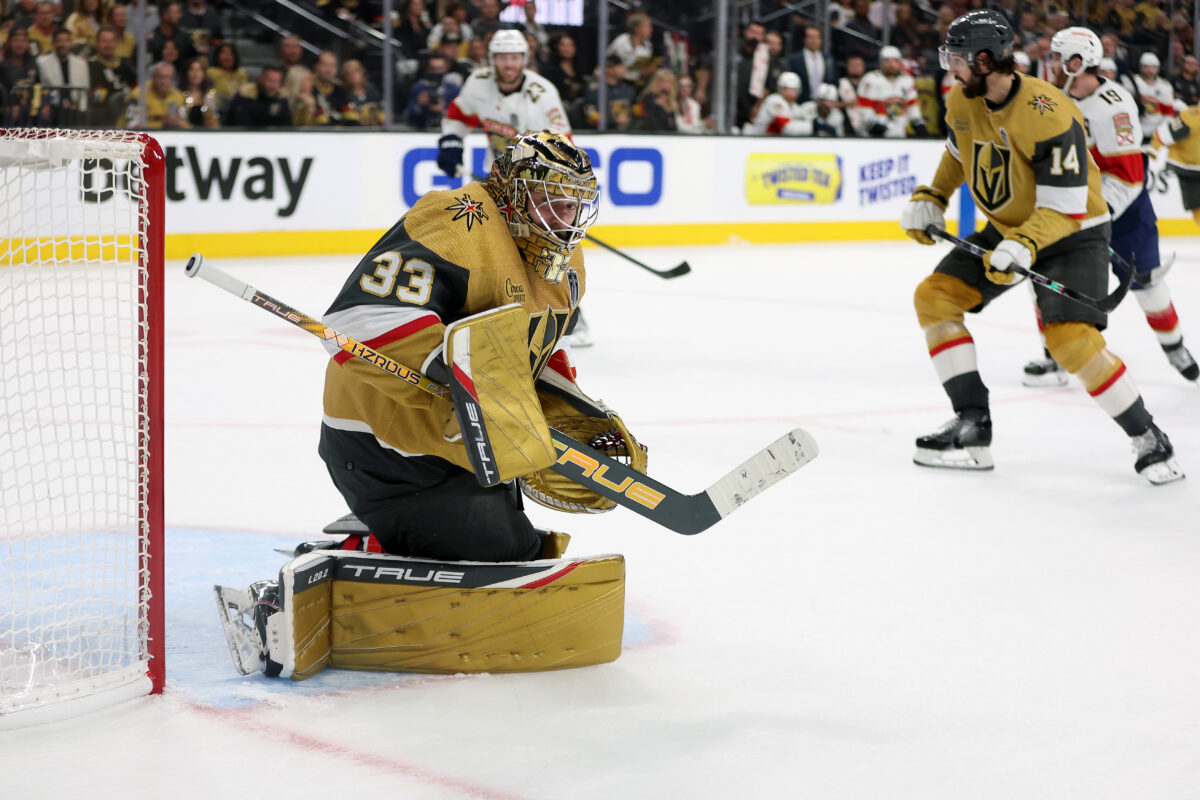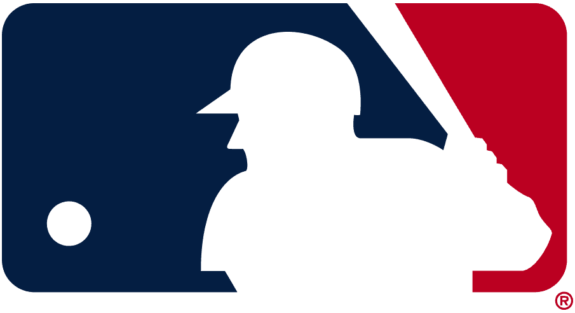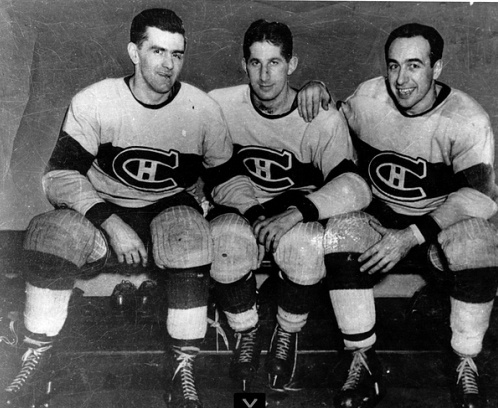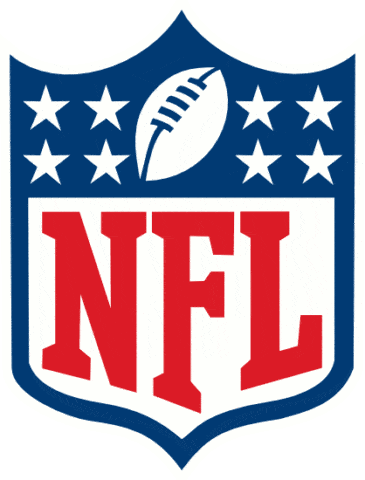The NHL has a broadcasting and branding problem. A lot of the big teams are regional and have local fanbases but not national ones. The result isn’t ideal for a league looking to grow, especially when the Stanley Cup Final or playoff matchups feature two small market teams. When the Vegas Golden Knights faced the Florida Panthers, the TV ratings took a nosedive with the series finale being the least-watched Game 5 in 29 years.

To be fair, the Golden Knights and the Panthers are both in non-traditional, small hockey markets, and the ratings weren’t expected to be high to begin with. That said, other sports don’t have this issue, and instead, even teams in non-traditional markets field strong viewership in the championship games.
Regardless of the two teams in the Super Bowl, World Series, or the NBA Finals, the fans of the sports at large will watch the matchup. In the NHL, when two teams face off in the Final, 30 other fanbases lose interest and it’s a bad look for the league.
Related: NHL TV Blackouts & Why They Happen?
The NHL in particular lacks the teams that are loved and hated on a national level that the other leagues have. A league that has struggled to make a mark on the national landscape can learn from the other leagues and the history of how the NFL, MLB, and NBA became dominant in the public eye.
How Baseball Created National Audiences
Baseball has been America’s “National Pastime” and goes hand in hand with a lot of staples in the fabric and culture of the country. However, the thing that made baseball a truly national sport, especially on the professional level was the invention and use of long-distance radio.

No team took greater advantage of the radio than the St. Louis Cardinals. Until the 1950s, they were the southern and westernmost team in the National League and their games could be heard throughout the midwest of the country. Their geography and winning helped them branch out and gain a large following. However, from 1926 onward, the radio allowed baseball fans throughout the country to hear their games, and by default, the average fan became a Cardinals fan. Even in the present day, there are fans of the team throughout the country and the seeds were planted because of the reach that radio provided.
Taking the national fanbase one step further was the New York Yankees, the most successful team in baseball with 27 World Series titles including 16 from 1936-1962. Along with radio, the Yankees took advantage of TV broadcasting and reached an audience across the United States. Baseball fans across the country constantly saw them on TV and either rooted for the dominant team of the times or against them. The Montreal Canadiens had a similar run of success with 15 titles from the 1955-56 season through the 1978-79 season but their broadcasts didn’t have the same reach, limiting the ability to grow their fanbase.

The irony is that baseball has drifted away from the national teams in recent years. A lot of fanbases are regional and few teams garner a large audience when they travel or play on primetime. Moreover, the league has done everything in its power to level the playing field since the Cardinals and Yankees became national teams. With a draft, free agency, a luxury tax, and expansion, MLB doesn’t have the same dynasties that made the game popular in the golden age of the sport. That said when the Cardinals and Yankees still attract big audiences and when either team plays in the postseason, viewership tends to increase.
By the time the NHL was ready to grow as a league and start expanding in the 1960s, they were already behind in the newspaper and radio world, two fields that baseball dominated. The league had fanbases but was never able to expand beyond the few cities that provided professional teams. The NHL expansion came at a time when TV was starting to take over and that was when the NFL became the dominant sport in America, surpassing baseball in popularity.
NFL’s Ability To Attract National Audiences
When the NFL was starting to become the dominant sport in the 1960s, the league was searching for their “Yankees” or the team that could become the one that garnered a national fanbase. They got just that in the Green Bay Packers who won five titles in a seven-year span including the first two Super Bowl championships. The Packers play in a city with a population under 110,000 but have fans across the country and are one of the most popular teams in all sports.

Moving into the 1970s, the NFL not only found new dynasties but was able to put them in the national spotlight because of broadcasts. The Dallas Cowboys and Oakland Raiders became two of the teams that everyone loved and hated not just because they were good but because they were constantly front and center. The Cowboys became “America’s Team” while the Raiders, embodied by their playstyle, became the villains of the league, making both teams the ones to watch.
Every Sunday in the late afternoon (4:00 pm Eastern time), the Cowboys, Raiders, or both teams were on TV and their national coverage made them polarizing and popular. To amplify feelings towards these teams, the other dynasty at the time was the Pittsburgh Steelers (who won four titles in a six-year span) and they often played in the early afternoon slot. A lot of Steelers fans watched their team play and then subsequently watched the two teams they adamantly rooted against. Fast forward to the 1980s, the San Francisco 49ers became that team as they were successful (four titles in the decade) and often broadcasted in the late afternoon time slot.
The NFL and TV viewership go hand in hand with the league’s ability to optimize the medium making it the dominant league it is today. A recent article from The Athletic dives into the history of how there are a lot of reasons that the league has become a dominant force but among them is the ability to have national teams in the spotlight (from ‘The NFL routinely dominates TV ratings. How did the league become the behemoth it is today?’, The Athletic, 9/26/22).
At this point, all 32 NFL teams have a national reach. Why? Aside from some teams having historic fanbases, anytime a team is good, the league puts them in later time slots or flex schedules them to prime time windows. A great team in the NFL isn’t invisible and instead, a few weeks into the season, every fan knows about them and what their roster looks like.
Conversely, the NHL has a lot of fans scratching their heads to find out what makes a team in the other conference great. A lot of them watch the game but at a local level. MSG is one of the most popular cable options but it’s exclusively in the New York area. Bally Sports Network covers a lot of teams in the league but only at a local level.
Yes, there are national games on ESPN and TNT that allow fans to see teams they otherwise wouldn’t have access to. Moreover, the NHL Network provides coverage of the entire league and has live look-ins to games where there is a highlight, especially when there are 14 or 15 games scheduled that night. Despite this, the focus on a regional level from the league hinders the ability to find and grow national teams.
The NBA’s Rise To Prominence
It’s no coincidence that the NBA took off as a league in the 1980s with David Stern, who had a vision for the league, as its commissioner. In the decade, broadcasts were commonplace but Stern made sure that the two best teams of the era were front and center for fans across the country. A typical Sunday would have the Boston Celtics play in the early afternoon while the Los Angeles Lakers would be on in the late afternoon time slot. When the two teams would face each other in the Finals, something they often did in the decade, casual fans would have a rooting interest.
The momentum spilled into the 1990s with the Chicago Bulls. Led by Michael Jordan, they won six titles in eight years and they were the team to watch. As a result, they were constantly placed on prime-time broadcasts as a team that grew the game. These days, anytime a star player is playing, the league will have them on a major broadcast knowing they will attract more viewers and better ratings.
How the NHL Differs From Other Leagues
Hockey as a sport is at a disadvantage largely because of the number of people playing the game at a youth level. Compared to other sports, hockey requires kids to skate early in life, a unique skill set that otherwise can make the greatest athletic talent helpless in the game. The involvement in hockey or lack thereof at a young age has a trickle-down effect on the NHL. Kids who don’t play the game aren’t as inclined to understand it and thus aren’t interested in watching either. For fans in a given city, they will be inclined to follow their local hockey team but not as invested with many fans not playing and understanding the game from a young age.
Sign up for our NHL History Substack newsletter
Youth hockey has grown in the United States in recent years, notably in Arizona and surrounding Southern states but it’s still far inferior compared to other youth sports. So, the NHL is already fighting an uphill battle when it comes to winning over casual sports fans, especially in the south, west, and southwest of the United States. Likewise, the big market teams can only have such a far reach and it makes the team the third or even fourth most popular in its city.
On the ice itself, an even playing field is also an obstacle for the NHL when it comes to choosing which teams to put under the spotlight. In previous eras, the league was dominated by dynasties from the Canadiens to the New York Islanders and Edmonton Oilers in the 1980s but like baseball, there has been a cognizant effort to add a competitive balance. The same issue applies to the ability or lack thereof to market star players. Shohei Ohtani might be the best baseball player in the world and Connor McDavid might be the best in hockey but it’s not a given they will make the playoffs or be on competitive teams.

The NHL is the toughest league to predict and parity is at an all-time high which is one of the best aspects of the league. However, from a marketing perspective, there isn’t that one team that the casual hockey fan can watch and either support or passionately root against. One of the best aspects of the NHL is that a team can’t just draft or sign stars and become contenders instead, they need a team effort just to reach the playoffs. As a result, a great team, and even some of the best teams can lack the star power or personality that a league would love to market.
On top of all this, the NHL has invested in regional broadcasts. The decision benefits the league in the short term and is profitable for a lot of teams but in comparison to other leagues, it sets the NHL back a few years. The NFL doesn’t rely on regional broadcasts and on the contrary, they moved on from them decades ago. While ESPN and TNT serve as national outlets, allowing the league to market teams to hockey fans, the two networks only broadcast games weekly for a league that has multiple games every night.
The good news for the NHL is that despite lacking a national team or teams that fans love and hate, they have an opportunity to do so now more than ever before. Baseball grew when newspaper and radio were the primary form of media. Football became king when TV came around. The NBA has a large, if not the largest social media presence among the big leagues. The NHL is the odd league out but can use the next form of entertainment to brand some of their teams and stars to grow the game.
